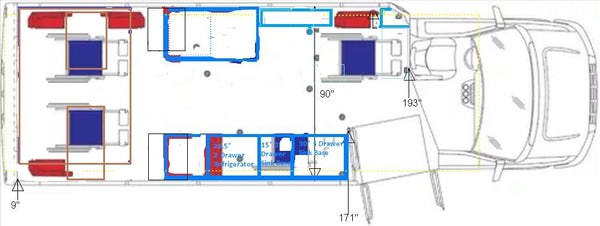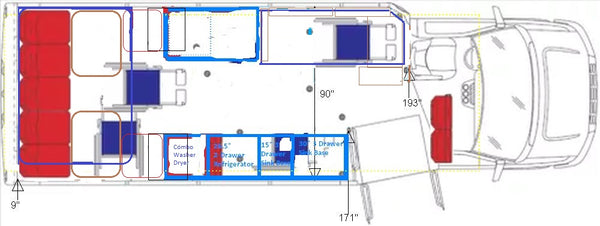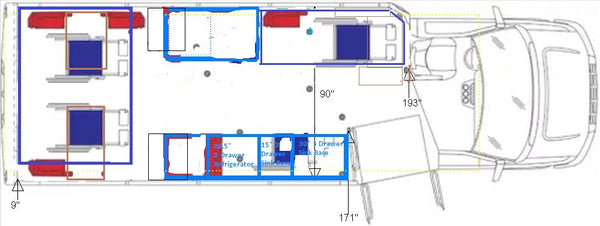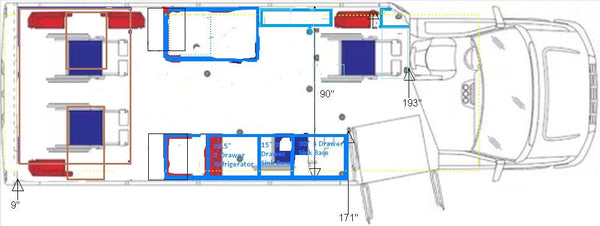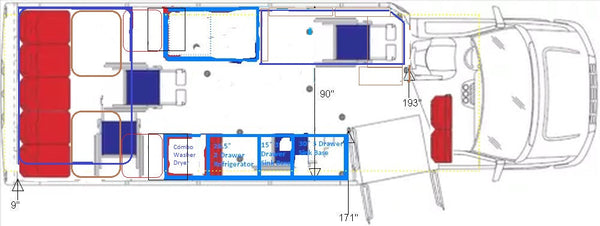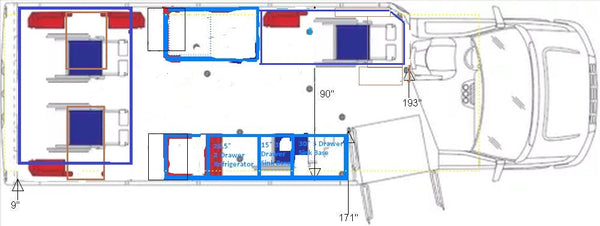
Trusts need to meet a number of criteria to be considered qualified disability trusts for tax purposes. If your special needs trust meets these criteria, however, this could save you a significant amount of money.
Find out more about what qualified disability trusts are, and which trusts are eligible for this tax deduction.
KEY TAKEAWAYS
- A qualified disability trust (QDisT) is a special needs trust that qualifies for a federal tax exemption.
- Most special needs trusts meet the requirements to be treated as qualified disability trusts, and can be reported as such at tax time.
- For the 2022 tax year, the tax exemption for a QDisT is $4,400. For 2023, the amount will increase to $4,700.34
- Income from a QDisT is reported on Internal Revenue Service (IRS) Form 1041, with a unique Employer Identification Number (EIN), while distributions to the beneficiary will be taxed on their own Form 1040 tax return.
What Is a Qualified Disability Trust?
The best way to understand a qualified disability trust is to review an example.
Let’s say that a child is diagnosed with a disability, and that shortly afterward, their grandparents contribute $500,000 to an irrevocable special needs trust that the child’s parents have established for the benefit of the child. Let’s say that this trust generates $25,000 in annual income, and that $10,000 of it is used yearly for expenses that arise from the child’s care and other needs.
The question then becomes: Who pays the income tax bill on the trust’s gains?
There are several options:
- The parents could include the income from the trust as part of their taxes. Because the trust income would then be “on top” of their earned income, they will pay their marginal tax rate on the $25,000 generated from the trust in our example. This could mean that they pay $8,000 or more in tax.
- Alternatively, trust income that is spent for the child’s benefit can be taxed to the child—in this case, that would mean $10,000, as listed above. This would leave $15,000, but that must be taxed to the trust. Trust income tax brackets are high and increase steeply.5 This means that paying taxes this way can sometimes result in even higher taxes than the option above.
The concept of qualified disability trusts was designed to get around this problem. The legal authority to create a QDisT falls under §642(b)(2)(C) of the Internal Revenue Code.6
Qualified disability trusts are entitled to the same exemption allowed to all individual taxpayers when filing a tax return. In 2012, for instance, the personal tax exemption was $3,800, so the first $3,800 of income from QDisTs wasn’t taxed.2 However, the deduction for personal exemptions is suspended (cut to $0) for tax years 2018 through 2025 by the Tax Cuts and Jobs Act.
Qualified Disability Trusts and the Tax Cuts and Jobs Act
But in 2018, this situation was made a little more complicated. In that year, the Tax Cuts and Jobs Act (TCJA) was passed, eliminating personal exemptions until 2025.7
This would have also eliminated the tax benefits of QDisTs. However, the same law established that in any year when there isn’t a personal exemption, there will be the exemption allowed for a QDisT.8
For the 2022 tax year, $4,400 is the indexed tax exemption amount for these trusts, including most special needs trusts. For 2023, the amount will increase to $4,700.34
The $4,400 exemption will have a much bigger impact on reducing eligible families’ tax bills than the usual $100 exemption (or $300 exemption if a trust is required to distribute all of its income each year) allowed for other trusts.9
Income from a QDisT is reported on IRS Form 1041, with a unique Employer Identification Number (EIN), while distributions to the beneficiary will be taxed on their own Form 1040 tax return.10
Requirements for Qualified Disability Trusts
To be reported as a qualified disability trust, a trust must meet certain requirements. The most basic, as outlined by the Special Needs Alliance, a national organization of attorneys practicing disability and public benefits law, are that:2
- The trust must be irrevocable.
- The trust must be established for the sole benefit of the disabled beneficiary.
- The disabled beneficiary must be under age 65 when the trust is established.
- The beneficiary must have a disability that is included in the definition of disabled pursuant to the Social Security Act.
The trust must be a third-party trust, meaning that “all of its funding must come from someone other than the disabled beneficiary, typically a parent or grandparent, other relative, or friend,” according to the Special Needs Alliance. If the person funding the trust during their lifetime is also serving as the trustee, then the qualified disability trust status may not be possible.2
Most special needs trusts are funded by parents and are set up as irrevocable trusts for the benefit of their children. So, in most cases, they can be treated as qualified disability trusts.
Is a qualified disability trust a special needs trust?
In most cases, yes. The Internal Revenue Service (IRS) generally classifies some special needs trusts as qualified disability trusts (QDisTs), and these trusts have certain tax benefits. QDisTs may claim a personal exemption on the federal income tax returns filed for the trust.
What kind of trust is a qualified disability trust?
A trust that doesn’t require distribution of all of its income by the terms of the trust agreement is called a complex trust, and it is allowed an exemption of $100.11
Cornell Law School, Legal Information Institute. “Complex Trust.”
What happens to a qualified disability trust upon the beneficiary’s death?
QDisTs must be for the sole benefit of the disabled beneficiary, so no other person or entity can benefit from the trust during the lifetime of the disabled beneficiary. However, after the death of the disabled beneficiary, the trust assets can pass to other designated beneficiaries who need not be disabled, according to the Special Needs Alliance.2
The Bottom Line
Qualified disability trusts (QDisTs) are a type of trust that provides tax benefits. Most special needs trusts are considered qualified disability trusts, making them especially valuable for families caring for someone diagnosed with a disability.
The Tax Cuts and Jobs Act (TCJA), which eliminated personal tax exemptions from 2018 until 2025, didn’t erase or change the tax benefits of QDisTs because the law also established an indexed exemption ($4,400 for 2022 and $4,700 for 2023 tax filings) to be taken by these types of trusts during the TCJA’s effective period.
By MATT RYAN WEBBER an experienced personal finance writer, researcher, and editor. He has published widely on personal finance, marketing, and the impact of technology on contemporary arts and culture.
Fact checked by VIKKI VELASQUEZ















